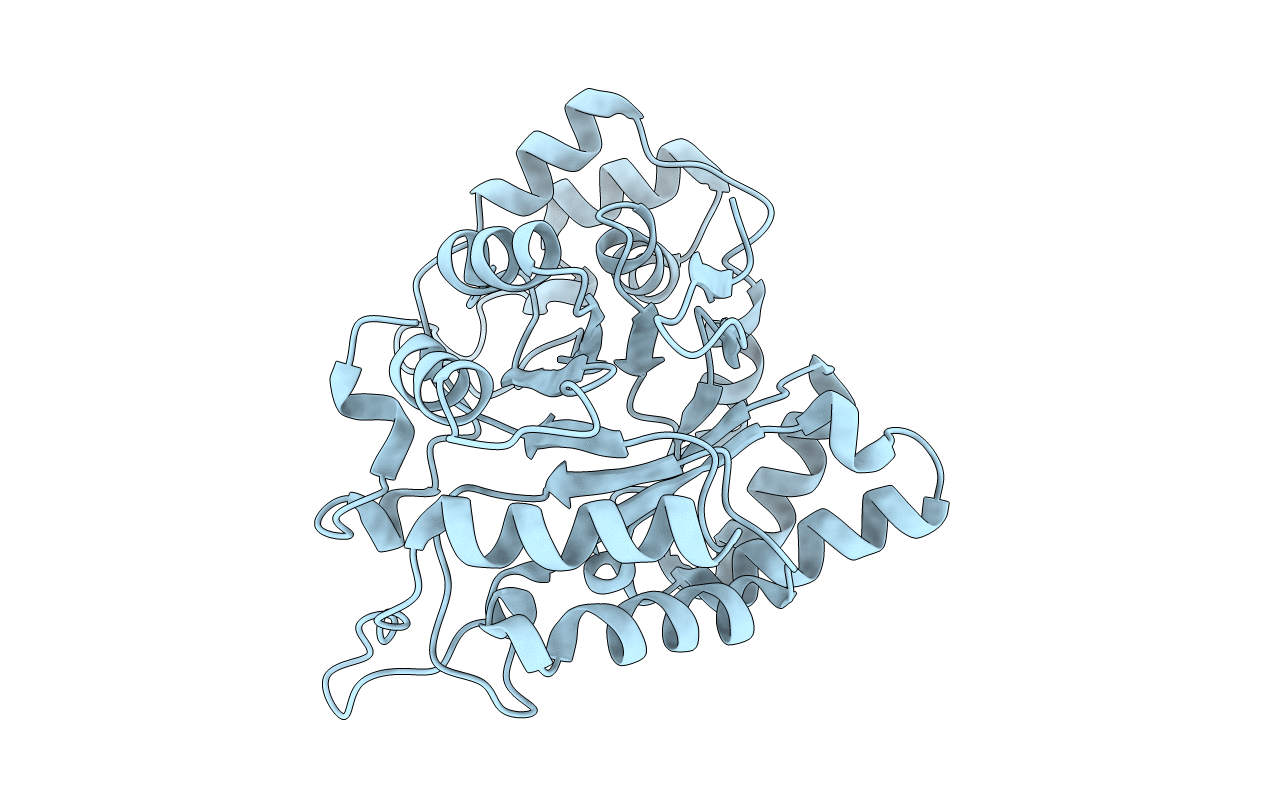
Deposition Date
2004-09-16
Release Date
2005-03-29
Last Version Date
2023-08-23
Method Details:
Experimental Method:
Resolution:
2.10 Å
R-Value Free:
0.20
R-Value Work:
0.16
R-Value Observed:
0.17
Space Group:
P 43 21 2


